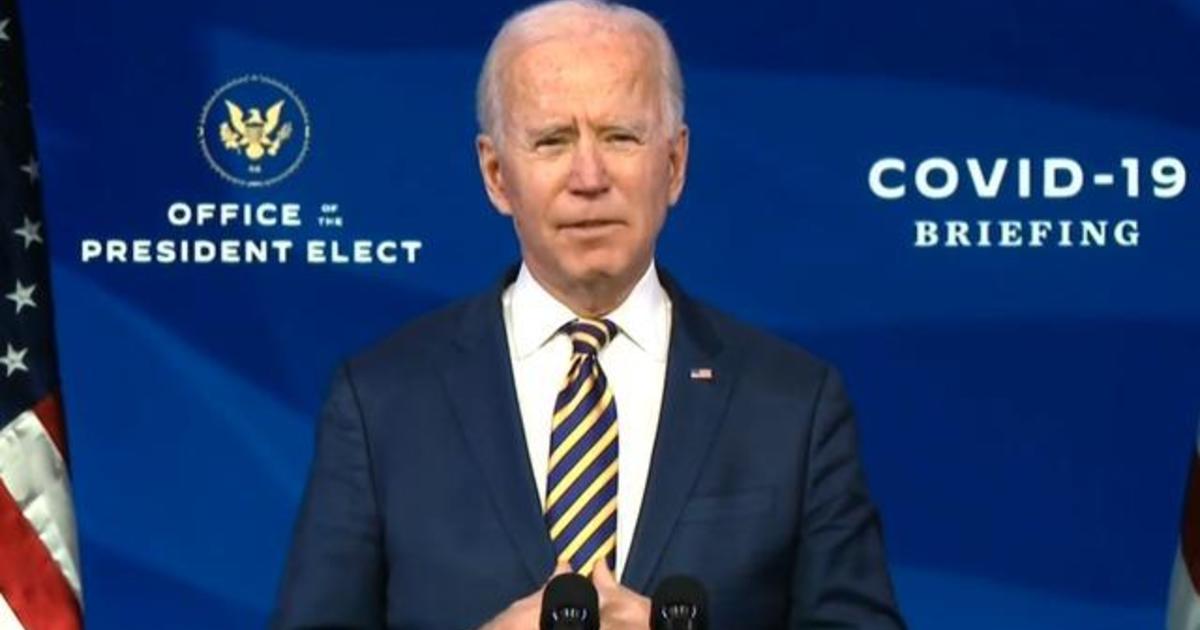

.png)
14 Senator Joe Manchin, D-W.V., has already announced his opposition to certain elements of the bill. However, in order for a bill to pass without question and to remain fully intact, it would require 60 votes in the Senate (including the support of at least ten Republicans). 13 There may be a way to pass many of these measures through a simple majority of 51 votes in the Senate. Included in this proposal are an additional $1,400 stimulus payment for most American adults, a $400 per week bonus to unemployment insurance payments, and an expanded COVID-19 testing and vaccination plan that aims to administer 100 million doses of vaccine by May 1 and reopen schools. 12 With Democrats now in charge of the Senate, most of these confirmations are all but guaranteed, but any delay has the potential to impact President Biden’s agenda.Ī much more difficult legislative goal is passing a $1.9 trillion COVID-19 relief package. However, after the 2020 election, the Republican-led Senate was unusually slow-moving with regard to President-elect Biden’s cabinet as a result, confirmations began in the days before the inauguration. Normally, the Senate would have already confirmed several nominees, for positions such as secretary of state. One issue of immediate concern is confirming the president’s chosen cabinet officials-the heads of the departments and agencies who implement many of the president’s directives and policies.
#Bidens 100 day plan series
The political divide in Congress presents a series of challenges for President Biden’s 100-day agenda. READ: “Biden’s 17 Executive Orders in Detail,” from the New York Times 9 Other immediate executive orders included the United States’ rejoining of the Paris Agreement and the ending of the withdrawal process from the World Health Organization. 8 President Biden has also continued a freeze on evictions and on student loan repayments in an effort to provide economic relief to people impacted by COVID-19. Included among them is a federal mask mandate that requires anyone on federal property, as well as anyone using mass transit such as city buses, subways, trains, and airplanes, to wear a mask. 7īeyond ending the travel ban, President Biden has already issued a number of executive orders targeting a wide range of issues. This order was among the first that President Biden rescinded following his inauguration. 6 President Trump also used an executive order to institute a travel ban on immigrants from several countries, many of them Muslim-majority. President Obama famously used an executive order to create Deferred Action for Childhood Arrivals (DACA) to protect certain undocumented immigrants from deportation. 5 Unlike legislation, however, executive orders are in place only as long as the sitting president permits. 4 Executive orders are directives that are signed and issued by the president, unilaterally enabling him to take action on policies which fall under presidential authority, particularly law enforcement and federal agencies. Still, the success of President Biden’s more ambitious legislative goals is by no means certain.ĭuring their terms, Presidents Donald Trump and Barack Obama frequently issued executive orders to accomplish their policy goals, in part due to partisan divides with Congress, or within Congress, that prevented legislation from passing. Democrats have a slim majority in the House of Representatives, and they technically control the Senate (which is divided 50-50) through Vice President Kamala Harris’ power to cast tie-breaking votes.

He can implement some desired policy changes with the stroke of a pen through executive orders, but other actions will require the cooperation of Congress.

3 President Biden, facing an unprecedented crisis of his own, is subject to similar expectations. 2Įver since President Franklin Delano Roosevelt assumed the presidency and issued an immediate blitz of new policies and legislation to address the Great Depression, the first 100 days of any president’s term have taken on a special significance. 1 However, President Biden also addressed several other priorities of his new administration, including the COVID-19 pandemic, the distribution of vaccines, climate change, systemic racism, and white supremacist terrorism. The clearest theme of his speech was a call for unity and the need to address political divisions in the United States, which came to a head with the attack on the Capitol on January 6, 2021. During his inaugural address, President Joe Biden laid out a number of policy priorities.


 0 kommentar(er)
0 kommentar(er)
